Samsung Gear Fit review
The Samsung Gear Fit fitness tracker is an AMOLED screen-packing knockout

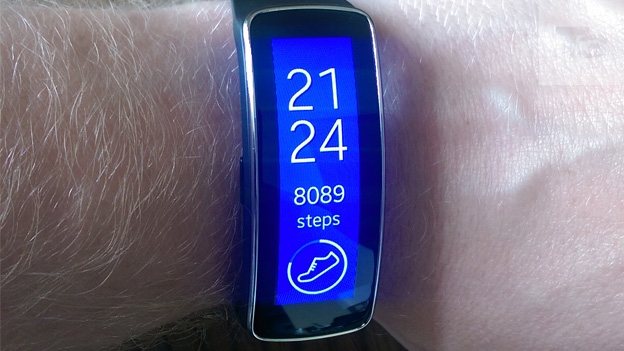
-
+
Screen
-
+
HR tracking
-
+
Sheer wearability
-
-
Samsung handset lock-in
-
-
Pedometer accuracy
-
-
Bulk ruins sleep tracking
Why you can trust T3


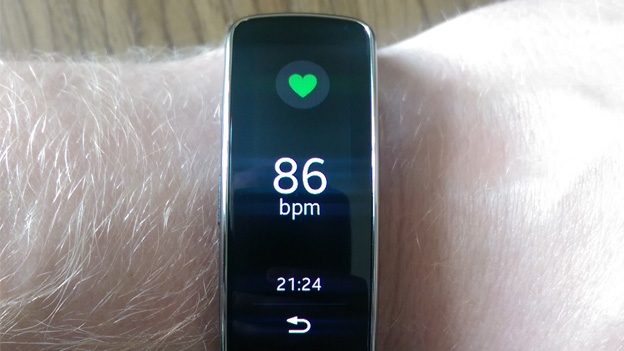
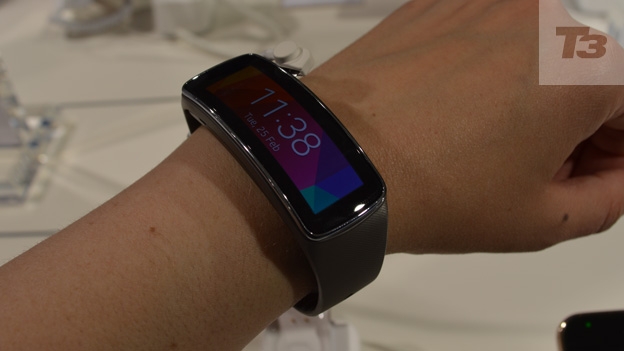

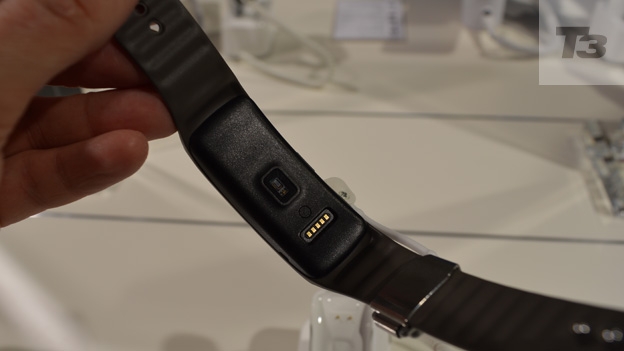
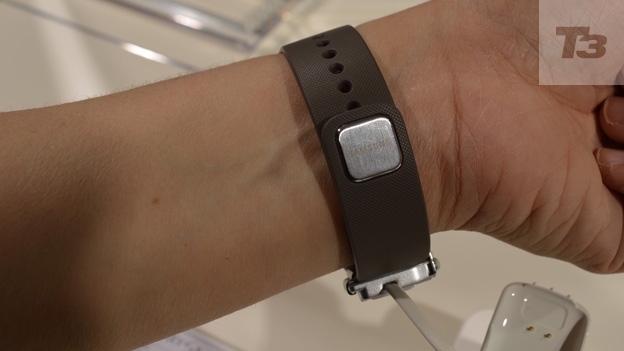
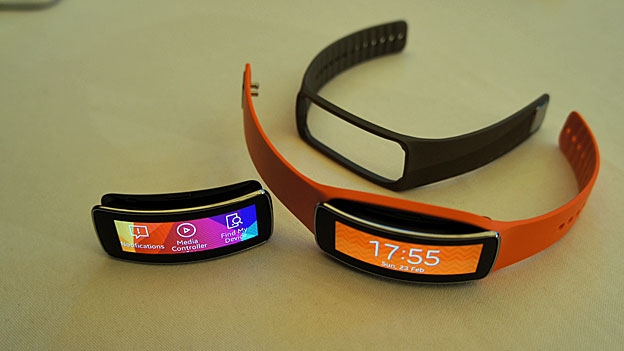
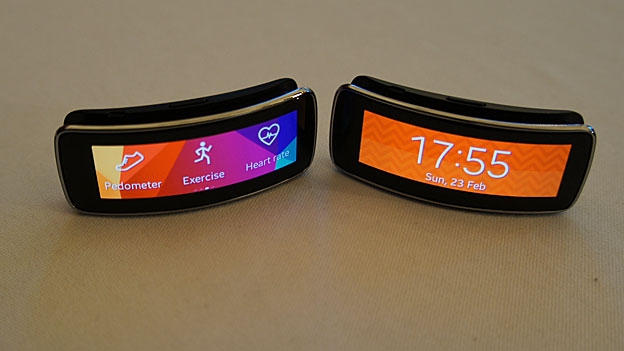

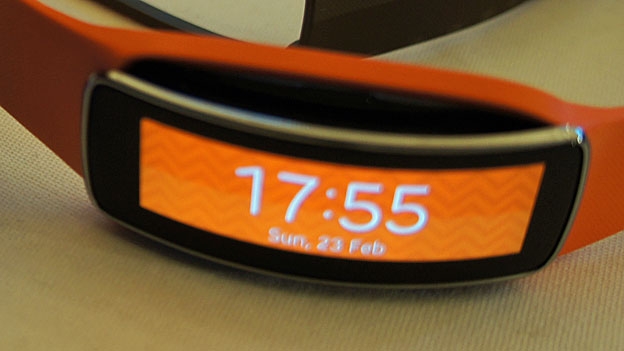

Samsung's debut fitness tracker packs an AMOLED screen and heart rate monitor but can it compete? Find out in our Samsung Gear Fit review
The Samsung Gear Fit lands at a seminal moment for the fitness band market. From the early Fitbit-style pedometers and chunky GPS units through the recent crop of wearable fitness trackers that feature built-in screens (such as the Polar Loop and LG Lifeband Touch) we've never had so broad a choice of wrist-mounted fitness trackers.
The Samsung Gear Fit fits neatly into the ecosystem in many ways, and jars with it in a few – most notably in that it's designed specifically to complement the Samsung Galaxy S5 and the brand's recent phablets like the Samsung Galaxy Note 3.
Although many of the fitness options work in standalone mode, all alerts are pushed via Bluetooth 4.0 from a mobile handset, and synching with Samsung's S-health app is the intended destination for all your health data.
Samsung Gear Fit: Size and Build
Once you've got past the glorious curved AMOLED screen (more on this below) you're looking at a fairly standard fitness band setup. At a mere 27 grams, and measuring 23.4 x 57.4 x 11.95mm, the Samsung Gear Fit is eminently wearable, although slightly too bulky to be useful as a sleep tracker in our opinion, in spite of this being an option.
WATCH: Samsung Gear Fit unboxing and first impressions video
The simple rubber strap is removable and features a 2-stud push closure, similar to many other fitness bands. Various colours and styles including Black, Orange and Mocha Grey are available to customise your look. The whole shebang is IP67 Dust and Water Resistant, which essentially means you can shower wearing it, but not swim.
Samsung Gear Fit: Screen
The screen is what raises the Samsung Gear Fit above the pack of everyday fitness bands. It's a gorgeous 1.84-inch Curved Super AMOLED (432x128) sliver of vividness that's searingly bright even in direct sun, and even lets you switch backgrounds to any image (once synced across from your Samsung phone or tablet) . Text is super clear, and the touchscreen functioned superbly during testing given the small real estate.
Samsung Gear Fit: Features
For such a small device the Fit is compellingly feature rich, providing the wearer with a Pedometer, Exercise tracker and sleep tracker as well as a Stopwatch and Timer.
The big one is a Heart Rate monitor, stashed within the band in the form of a pulse-measuring green LED. Samsung has pushed hard into the fitness category with similar HR tracking across all the new product range including the S5.
In this wearable the phone GPS and gyro tech is augmented with an onboard Accelerometer and Gyro.
On top of that, you've got some basic smartwatch functionality such as notifications (SMS, Calls, E-mail, Apps), Schedule and a 'Media Controller'.
Although in demos we were sold on the alerts (rather than full-scale email on such a small screen) in practice even SMS pulled through onto the Fit was a bit unusable.
Yes, it works fine and is surprisingly accessible, but as you're feet from your far more capable smartphone it feels artificial.
Rejecting calls from the device has a bit more utility though, and while running works surprisingly well. Samsung's lock-in means you can only control local handset media, not 3rd party apps such as Spotify, which is a disappointment.
Pairing with Bluetooth headphones is itself straightforward, but the addition of another set of controls in the band as well as on the headset didn't really add much, and occasionally felt like tech overkill when out for a quick training run.
The heart rate monitor was pretty accurate compared to a Suunto chest strap, and having your HR zones easily visible while running was a definite revelation. It's pro territory, available for the masses.
Weirdly, the HR monitor was much less reliable at rest, occasionally being unable to read a pulse. Again, Samsung's firmware upgrade unit has already been addressing this, so expect this issue to mainly disappear over time.
Get all the latest news, reviews, deals and buying guides on gorgeous tech, home and active products from the T3 experts
Samsung Gear Fit: Setup
Setup is surprisingly straightforward, once you've got handset and device BT recognised and synched. Once paired you're up and running in a basic mode, then you log into S-Health to start to mine deeper into your exercise stats, although it's still rather basic.
However, broader integration with Endomondo should help this, and the inbuilt coaching options point the way to a more connected way of exercising. The only moan about the Fit's fitness tracking is the accuracy.
Back to back with a Fitbit Flex the Samsung was much more generous, allowing us to hit our daily step totals a good 15-20% faster. Surprisingly, running was more accurate, with distances only .01 out over 6miles compared to a standalone GPS. Samsung is releasing firmware updates regularly though, so this sensitivity is likely to be addressed sharpish, we hope.
Samsung Gear Fit: Apps
Interestingly, in addition to Samsung's S-Health, the company has done a deal with Endomondo to partner on fitness apps. In the immediate term, this means a year's free premium access to Endomondo for S5 buyers.
However, things get more interesting in the medium term, with Samsung committing to issuing a range of apps developed with the Finnish company's aid in the next couple of months.
These will be designed specifically to integrate Endomondo functions with the Samsung Gear 2, Samsung Gear 2 Neo and Gear Fit. Whether these apps will mean that other Android phone users will then be able to sync wearables via Endomondo is a key question, and one Samsung is currently keeping schtum about.
Doing so would unquestionably shift more wearables, but may be seen as weakening the S5's marketing story. We'll keep a sharp eye on this one.
Samsung Gear Fit: Battery
The Fit sports a 210mAh battery, an essential to keep that zesty display fired up. Samsung claims typical usage of 3-4 days, and that matches what we found in testing.
If used for regular run tracking you'll push the battery down, and of course keeping Bluetooth on to receive alerts also burns through juice.
We tended to flick this off though, so hit the upper limit more often than not. Charging is via a small 'shoe' that clips onto the end of the Fit once the strap has been levered off. Brilliantly, the shoe takes a micro-USB lead, meaning that yet another charger is not required. A full battery charge takes only an hour or two.
Samsung Gear Fit: Verdict
The Samsung Gear Fit looks awesome, but is hamstrung by being tied to only a couple of devices and being half-smartwatch.
However, the potential is there for this to be a mass-market wearable success if more devices are brought into the fold. It's not cheap, but bundling by networks is guaranteed very shortly.
Samsung Gear Fit release date: Out now from some retailers like Unlocked Mobiles, rolling out to others in April 2014
Samsung Gear Fit price: £180
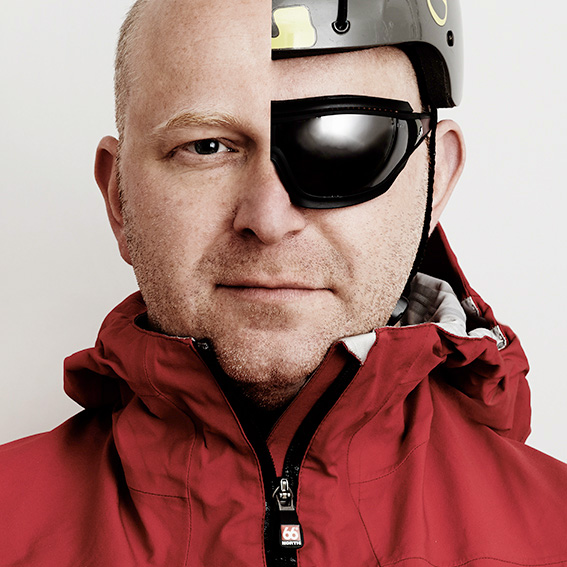
Mark Mayne has been covering tech, gadgets and outdoor innovation for longer than he can remember. A keen climber, mountaineer and scuba diver, he is also a dedicated weather enthusiast and flapjack consumption expert.